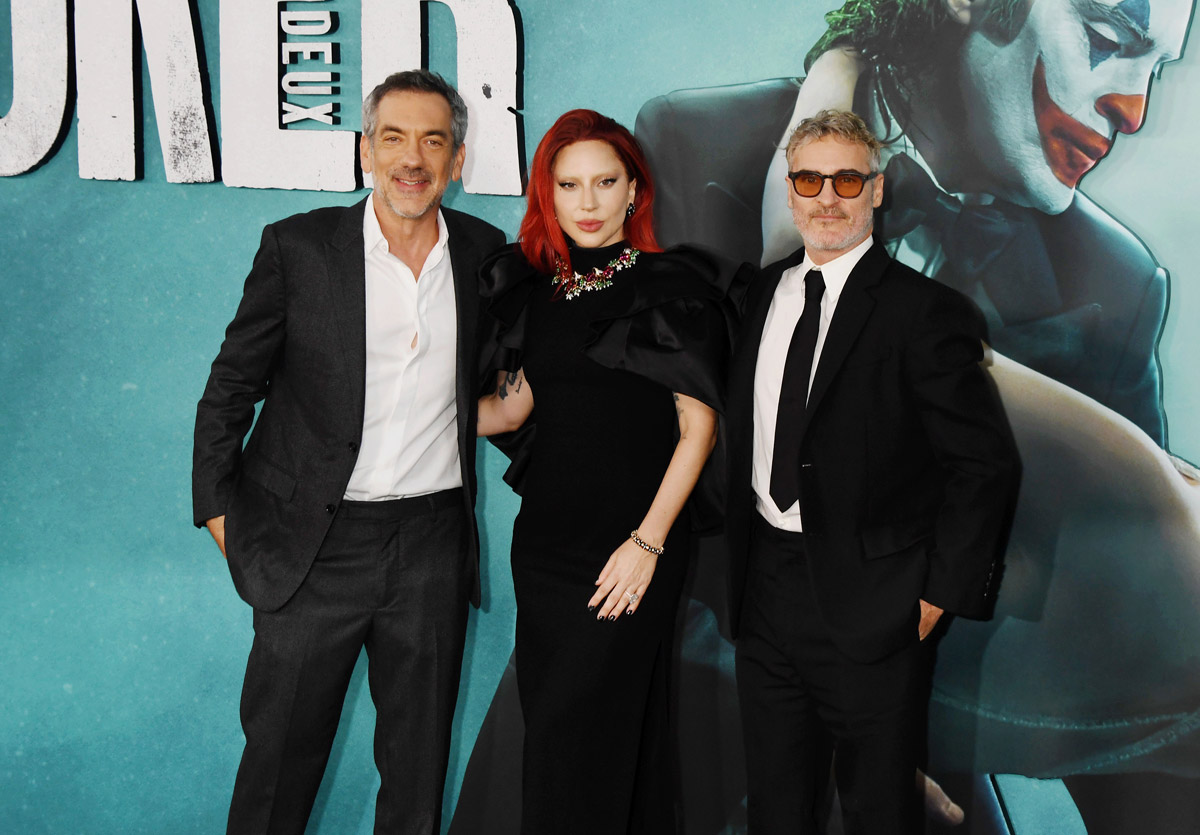ARTICLE AD
A jury in New York City today found former president Donald Trump guilty of falsifying business records as part of a conspiracy to keep a potential sex scandal from derailing his first presidential campaign.
The verdict, in the only one of four criminal cases against Trump to go to trial to date, could have far-reaching effects on his bid to recapture the White House in November. The first impact is likely to be a tidal wave of reaction across broadcast and social media to the outcome of a trial with no precedent in U.S. history.
Trump faces up to four years in prison for each count but it’s unclear whether the presiding judge, state Supreme Court Justice Juan Merchan, will call for time behind bars at sentencing.
The late-afternoon jury verdict galvanized the media, with cable news networks, fixated on the Manhattan courthouse for much of the day, joined by broadcast networks with special reports.
Jurors in the six-week trial saw a procession of witnesses from several walks of Trump’s life. They included a former tabloid publisher, David Pecker, who helped Trump keep embarrassing stories from coming out, and a former trusted political adviser, Hope Hicks, who wept on the stand remembering a conversation with her White House boss. A group of Trump Organization employees, testifying under subpoena, were called to help prosecutors trace a money trail that was critical to their case.
The most closely watched — and harshly cross-examined — witnesses were Stormy Daniels, the porn star who accepted $130,000 to stay quiet about her claim of a one-night stand with Trump; and Michael Cohen, the roving Trump lawyer and fixer who paid Daniels, and testified that Trump repaid him with faked billing for legal work he never performed.
The trial turned over a rock on a seamy information trade complete with payouts and non-disclosure agreements that provided a template for Pecker paying former Playboy model Karen McDougal and Cohen paying Daniels for their silence about alleged sexual encounters with Trump.
Jurors heard that Pecker and his deputy, The National Enquirer editor Dylan Howard, paid five and six figures to tipsters with scandalous claims about celebrities such as Arnold Schwarzenegger and Charlie Sheen. They didn’t always publish dirt, Pecker testified; sometimes they held it over a celebrity to persuade them to sit for interviews or cover shoots in Pecker’s gossip and lifestyle publications.
With this network of gossip exchange at his disposal, Pecker promised to be his longtime friend’s “eyes and ears” for any salacious claims about Trump that might surface during his presidential campaign.
Prosecutors said that Trump’s victory in 2016 was partly a product of the criminal conspiracy they alleged in their indictment, as Trump and Cohen resorted to a proven “catch and kill” hush-money strategy to buy Daniels’ silence in the campaign’s last days.
With the GOP nominee reeling from the October surprise of the infamous Access Hollywood tape, and Daniels threatening to step forward, Cohen sent $130,000 to Daniels’ lawyer, Davidson, on October 27, 2016 using a fake real estate consulting shell company.
The $420,000 in total that Cohen received from then-President Trump during 2017 was his reimbursement for the deal with Daniels, prosecutors said. It was not, prosecutors argued, monthly taxable income for ongoing legal work under a retainer agreement, as it was made out to be in 34 invoices, ledger entries and checks with attached pay stubs.
Trump signed checks to Cohen that traveled in express mail envelopes between Trump Tower in New York and he White House, with stopovers at the Washington, D.C. home of a Trump bodyguard, Keith Schiller, who followed his boss from the private sector to the country’s highest office. Jurors saw scans of the checks bearing Trump’s spiky signature.
The 34-count indictment rested on a law against falsifying business records and an obscure statute prohibiting election influence by “unlawful means.” Legal observers called the prosecution’s strategy novel because it required jurors to climb a kind of statutory ladder with one of the rungs being a rarely cited, and possibly never before prosecuted, state law against election conspiracies.
For each felony count, jurors would have to find beyond a reasonable doubt that Trump, either on his own or in league with Cohen and others, falsified the paperwork for Cohen’s repayment and did so with an “intent to defraud” that included promoting his candidacy through the aforementioned unlawful means.
Merchan, in his instructions to the jury, gave them three options to pick and choose from for checking off the unlawful means box: Cohen’s $130,000 payment to Daniels as a violation of the contribution caps for individuals ($2,700) and corporations ($0) in federal elections that were in force in 2016; other falsified business records including for a phony shell company set up by Cohen to wire hush money to Davidson for Daniels; and deliberately misleading information provided in tax returns connected to the money that circulated between Cohen, Daniels and Trump.
Jurors had to “conclude unanimously” that Trump’s and Cohen’s actions met the unlawful means test, but wouldn’t have to be unanimous as to which unlawful means; they could pick and choose. If they cleared all these hurdles they could find him guilty.
The trial was conducted under a heavy veil of security, with metal barricade fencing ringing the Manhattan Criminal Court building, and uniformed court officers joined by members of the New York Police Department and the Secret Service to keep watch on people and activity at a courthouse that was filled with journalists covering the trial while still going about its regular daily business.
Protests were confined to a public park across the street carved up with barricades into separate pro- and anti-Trump camps. Trump blamed the paltry daily showing from supporters on the security, complaining in his regular addresses to pool reporters in the courthouse hallway that the area outside looked like “Fort Knox.”
— Ted Johnson contributed to this report.

.png) 4 months ago
15
4 months ago
15 

